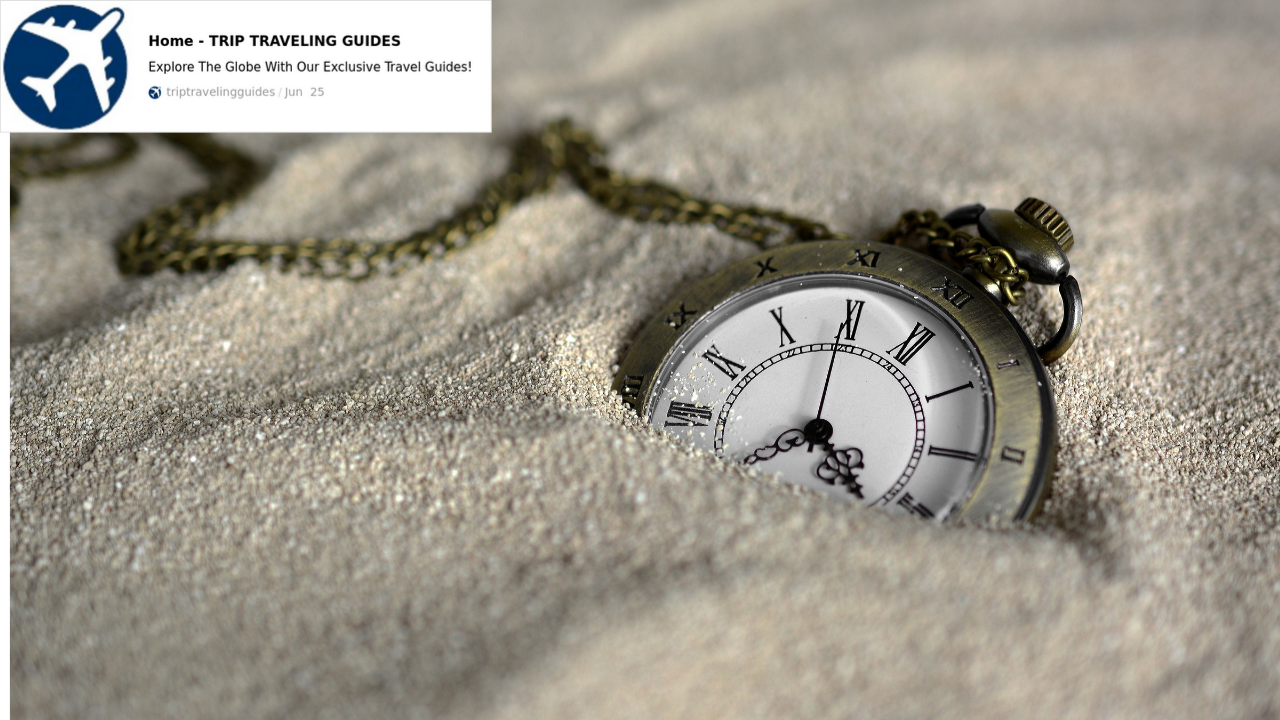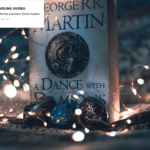The classic song “Hot Time in the Old Town Tonight” has long been a favorite in campgrounds, community gatherings, and musical settings. Its upbeat tempo and nostalgic appeal make it timeless, but the song’s deeper meanings and origins often go unnoticed. Let us uncover the story behind this iconic song, its cultural significance, and how it became a staple of American music.
The History of “Hot Time in the Old Town Tonight”
“Hot Time in the Old Town Tonight” was originally written in 1896 by Theodore Metz with lyrics penned by Joe Hayden. Metz, a German-born composer, was the bandleader for the McIntyre and Heath Minstrels, a traveling vaudeville troupe that performed music and comedy across the United States.
The song was created as a ragtime-style piece to entertain audiences during the vaudeville era. At its inception, ragtime was a relatively new genre that combined syncopated rhythms with lively melodies, capturing the energy of the time. The infectious beat and cheerful lyrics of this song made it an instant hit.
Lyrics Breakdown and Meaning
The lyrics of “Hot Time in the Old Town Tonight“ celebrate a night of joyous festivities. The song references people gathering to enjoy music, dancing, and revelry, creating a carefree atmosphere. Here is a look at the iconic chorus:
“When you hear them a bells go ding-ling-ling, All join ’round and sweetly you must sing. And when the verse is sung, then ring a ring, A hot time in the old town tonight.”
Key Themes in the Lyrics
- Celebration and Togetherness: The song emphasizes community and the joy of sharing music and fun with others.
- A Nostalgic Glimpse of the Past: Its language and setting paint a picture of simpler times, where live music and gatherings were the highlights of social life.
- Cultural Pride: The song, rooted in vaudeville and ragtime traditions, reflects the vibrancy of American music in the late 19th century.
The phrase “hot time” signifies a lively, exciting moment—a time when people come together to let loose and enjoy life. The “old town” is often interpreted as a metaphor for the small towns and communities that formed the backbone of American society during this era.
The Song’s Popularity in Camp Culture
Adoption by Camps and Scouts
One of the key reasons “Hot Time in the Old Town Tonight” remains popular in camp settings is its simplicity. The repetitive and easy-to-remember lyrics make it perfect for group singing, especially around campfires. Boy Scouts, Girl Scouts, and summer camps have all embraced the song, passing it down through generations as part of their oral traditions.
Why It Resonates in Camps
- Lively and Fun: Its upbeat rhythm and singable chorus make it ideal for energetic camp gatherings.
- Community Building: Singing together fosters camaraderie and teamwork among campers.
- Tradition: Many camps maintain the tradition of singing classic songs like this to preserve the rich history of American folk music.
Cultural Impact and Legacy
Influence on American Music
“Hot Time in the Old Town Tonight” became a cultural phenomenon during the early 20th century. It was performed in parades, parties, and even political rallies. Its infectious melody influenced many subsequent ragtime compositions and laid the groundwork for other genres, such as jazz and swing.
Connections to the Military
During the Spanish-American War and World War I, American soldiers adopted the song as a morale booster. Its catchy tune and celebratory theme made it a favorite among troops who sang it to maintain their spirits in challenging times.
Appearances in Pop Culture
The song has been featured in numerous movies, television shows, and musical recordings, keeping its legacy alive. Notable uses include:
- The Simpsons: A comedic rendition in one of the episodes.
- Western Films: The song often appears in saloon or campfire scenes.
- Parody Versions: Many artists have adapted the tune for humorous or cultural purposes.
These appearances demonstrate the song’s enduring appeal across different eras and audiences.
Musical Style and Composition
The musical arrangement of “Hot Time in the Old Town Tonight” captures the essence of ragtime music. Ragtime features syncopated rhythms that give the song its energetic and lively feel. Key elements include:
- Upbeat Tempo: Encourages dancing and singing along.
- Simple Chords: Easy to play on instruments such as guitars, banjos, and pianos.
- Catchy Melody: The repetitive structure makes it accessible to singers of all ages.
Ragtime music became the bridge between classical and modern genres, and songs like “Hot Time in the Old Town Tonight” showcase this transitional phase in American music history.
Modern Interpretations and Covers
Over the years, countless artists have reinterpreted “Hot Time in the Old Town Tonight”. Some versions remain faithful to the original, while others introduce new styles such as jazz, blues, or rock. Notable adaptations include:
- Brass Band Versions: Used in parades and street performances.
- Jazz Covers: Popular among big band musicians during the swing era.
- Rock and Roll Adaptations: Artists in the 1950s and 60s brought new energy to the classic tune.
These reinterpretations ensure that the song remains relevant and appealing to modern audiences.
How the Song Unites Generations
One of the most remarkable aspects of “Hot Time in the Old Town Tonight” is its ability to connect generations. Whether it’s sung at a campfire, performed in a school recital, or played at a historical reenactment, the song bridges the gap between the past and present.
Why It Endures
- Timeless Message: The themes of joy, community, and celebration are universal.
- Accessibility: Its simplicity allows people of all ages and skill levels to participate.
- Historical Significance: The song represents an important era in American music and culture.
Conclusion
The song “Hot Time in the Old Town Tonight” is far more than a campfire tune. It is a cultural artifact that reflects the vibrancy of American music, the energy of the ragtime era, and the spirit of community gatherings. Its enduring popularity in camp culture, military traditions, and modern music underscores its timeless appeal.




